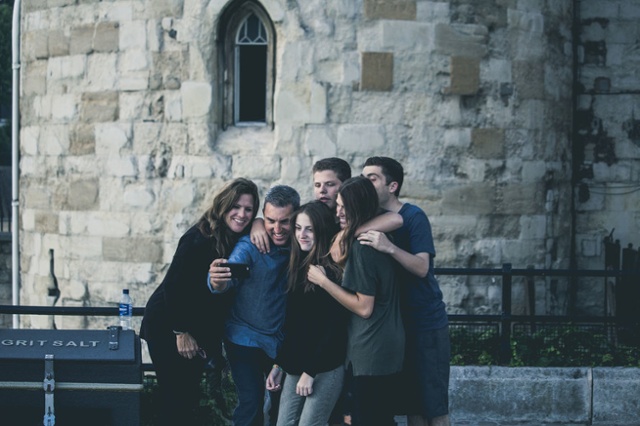I’m sure you’ve heard by now that Millennials are a generation inclined to do good. While we know that advertising and retail is honing in on this important demographic, nonprofits have been making moves as well to pull adults born from circa 1980-2000 into the fold, turning them into digital ambassadors, fundraising rockstars, and on-the-ground activists. Millennials support social movements for good, and that fact should matter to you and your organization.
Millennials want to give back to their community and to the world, and nonprofits should be taking advantage of that, says Derrick Feldmann in his new book, Social Movements for Good. Feldmann is the lead researcher and founder of Millennial Impact Project, which has published annual research for the last few years on how this generation supports causes. He also created MCON with support from theCase Foundation, a leading conference on Millennials and social good.
What exactly are social movements for good? Feldmann lays out four phases:
Source: socialmovementsforgood.com
If you work for a social good cause, you know what it takes to really make a difference. It’s a lot of work and a lot of resources, and usually, a lot of people. When you have enough people that believe in a cause, and they can come together to take action and make an impact, you’ve got a movement. According to Feldmann, characteristics of a social movement include: happiness and empathy, a strong narrative, a sense of belonging and ownership, and a robust network of peers.
Data from the Millennial Impact Report as far back as 2011 clearly supports this: nearly 70% of Millennials are willing to raise money on behalf of a nonprofit they care about (2013) and 87% feel encouraged to volunteer in their company’s cause at work (2014).
But Feldmann is quick to point out that social movements for good are more than just fundraising and sharing on social media:
“Social movements require a collective power beyond small-group organizing to build and sustain a long-term goal of change for an issue.”
We may pour ice on our heads or wear red noses, but those actions aren’t the reason that real change happens, he says. They may lead to viral activity and help generate awareness, but a true social movement for good comes from sustained ongoing actions, activities, and messages, supported by benchmarks and driving specific goals, which ultimately lead to a solution.
Social Movements for Good outlines some of the best success stories in recent years, and guides nonprofits on how to leverage their community and their cause to strategically create their own movements and create real change. Whether you’re inspired by recent campaigns using memorable hashtags, looking to activate a university campus, or trying to understand the power of peer fundraising, Feldmann’s got it covered.
“Social movements represent a pure opportunity for change. Movements unite us. And sometimes movements even divide us. But the movements that are built by a community of people who believe in the same thing have one goal/serve one purpose: to help themselves and others like them, or to help those they may never meet but want to ensure they have opportunities like them. These movements represent the causes shaping our society and what we describe as ‘good.’ ”
If you’re looking for a primer on how to cultivate your own social movement, look no further than Feldmann’s book, and then get started!

